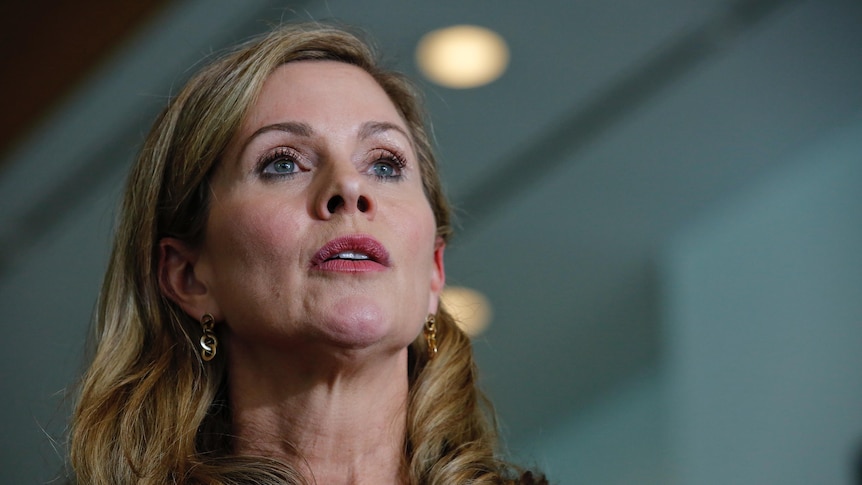YouTube could be captured by the federal government’s social media ban for children under 16, following advice from the eSafety commissioner to new communications minister Anika Wells.
The video-streaming platform is slated to be exempt from the ban, which includes platforms such as TikTok and Instagram, which the government has said is because it can be used for educational purposes.
But eSafety Commissioner Julie Inman Grant, who will address the National Press Club today, wants to reverse that exemption, arguing it is the platform doing the greatest amount of harm.
Ms Inman Grant has pointed to new research conducted by eSafety, which found YouTube is used more than any social media platform the ban is targeting.
“It’s almost ubiquitous that kids are on social media. By far the most prevalent social media site they’re on is YouTube,” she said.
“And when we asked where they were experiencing harm and the kinds of harms they were experiencing, the most prevalent place where young Australians experienced harm was on YouTube — almost 37 per cent.
“This ranges from misogynistic content to hateful material, to violent fighting videos, online challenges, disordered eating, suicidal ideation.”
The research also found 70 per cent of children had encountered harmful content online.
Platforms targeted by the ban had previously expressed their deep concerns about YouTube’s exemption.
Ms Inman Grant has written to federal Communications Minister Anika Wells, making a formal recommendation that YouTube be captured by the ban.
She suggests in the letter both that YouTube has the characteristics of a platform that should be captured by the ban, and also that specifically carving out platforms by name could become problematic.
The recommendation also notes that young people would still be able to access YouTube without a login, meaning some of the site’s resources will still be available.
A spokesperson for Ms Wells said the recommendation was being looked at.
“The minister is carefully considering the eSafety Commission’s advice on the draft Social Media Minimum Age Rules,” they said.
“Her top priority is making sure the draft rules fulfil the objective of the Act — protecting children from the harms of social media.”
Calls for clearer carve outs
Ms Inman Grant also wants more clarity for social media platforms seeking exemptions from the ban, arguing the current rules are too prescriptive.
Under the current draft rules, platforms can be exempt because they are messaging apps, are used for online gaming, or have the “primary purpose of supporting the health and education of end-users”.
In her letter to the minister, Ms Inman Grant said a new clause should be added to broadly exempt platforms that pose little risk.
“This would ensure that services which do not meet any of the proposed purpose/use tests, but are nonetheless safer and potentially beneficial for children, are carved out from the [social media ban] obligation,” she said.
“Absent such a rule, eSafety would likely exercise discretion not to enforce compliance with the obligation for lower-risk services that are appropriate for young children in the absence of identified harm.”
In her address to the National Press Club, Ms Inman Grant will outline other emerging threats, some of which could be addressed through the social media ban.
Ms Inman Grant argues some of the most problematic aspects of social media platforms are features designed to encourage endless scrolling and maximum engagement, like tailored algorithms and push notifications.
But she will also point to other risks like AI and chatbots as posing new threats.
“Just as AI has brought us much promise, it has also created much peril. And these harms aren’t just hypothetical — they are taking hold right now,” she will say, according to excerpts of her speech.
“In February, eSafety put out its first Online Safety Advisory because we were so concerned with how rapidly children as young as 10 were being captivated by AI companions — in some instances, spending up to five hours per day conversing with sexualised chatbots.
“Schools reported to us these children had been directed by their AI companions to engage in explicit and harmful sexual acts.”
Last week preliminary findings of the government’s age-assurance trial, which is exploring the feasibility of blocking young people from social media and adult websites, were delivered.
Ms Inman Grant said that was one instance in which AI was providing a very valuable tool, and more work would be done to hone the eventual social media ban rules.
